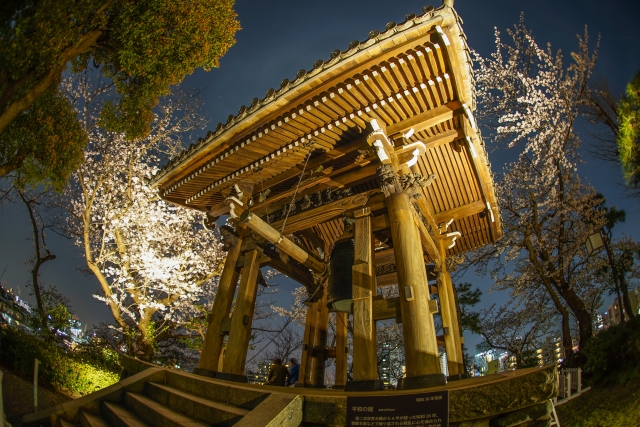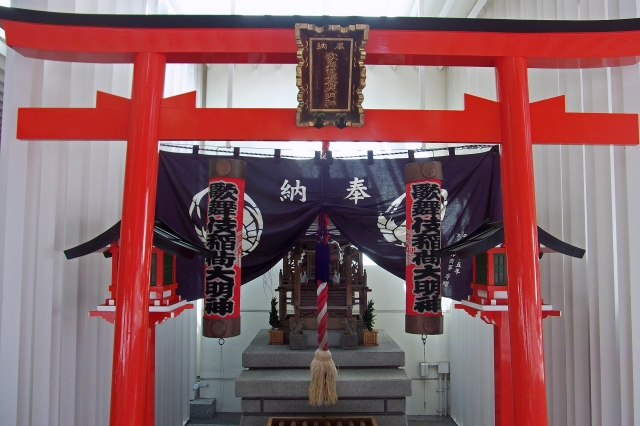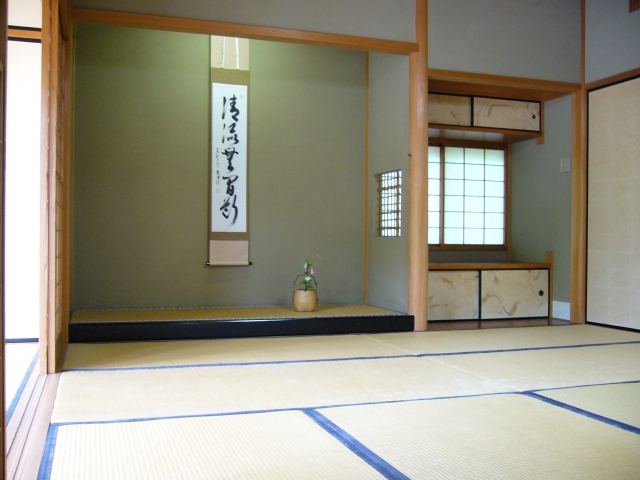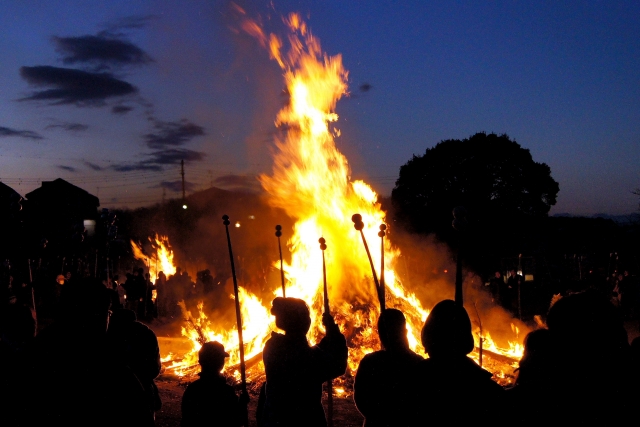
The word “Kotohogi” means “to celebrate with words”.
There was a belief in “kototama,” the power of words to make things real.
Use beautiful words and create beautiful things.
The concept of “Kototama” has given birth to waka poems and stories, and has cultivated Japanese culture.
In the form of paintings, crafts, and buildings, our predecessors have left behind a “form” for future generations.
Believing that “words” can become “things,” we say words with our thoughts in order to invite good fortune.
This is the modern day “Law of Attraction,” but celebrating with words is not possible without a partner.
The spiritual power that resides in words is called “Kototama,” and it can be seen and heard everywhere during the New Year.
A typical example of “kotohogi” is the New Year’s greeting, “Akemashite omedetougozaimasu” (Happy New Year).
It can also be felt in New Year’s decorations, Osechi eaten on New Year’s, and New Year’s customs.
The phrase “Amemasite omedetougozaimasu”(Happy New Year) indicates that human beings are kept alive by Mother Nature, and that we should be grateful for having passed the year safely, and that we should make the most of the new year.
Since it expresses feelings, it is essential to celebrate from the heart, and words alone are not enough.
When we welcome the New Year, we say “Akemashite omedetougozaimasu” to our families.
When we meet people in my community, we say “Akemashite omedetougozaimasu” to them.
“Akemashite omedetougozaimasu” to relatives who live far away by phone or New Year’s card.
What lies behind the word “kotohogi” is to connect, and there are two things: time and space.
Connecting Time
From last year to this year, from this year to next year.
From last year to this year, from this year to next year, from the ancestors to the present, from the present to the next generation.
The message is to connect time and “live in the present moment”.
The past is the present, and the present builds the future.
We will all die one day.
We believe that the values of “remember death” and “live in the present” are conveyed in words and thoughts.
Connecting Spaces
New Year’s ornaments and Osechi eaten on New Year’s Day are also filled with meaning.
The pine tree is an image that symbolizes longevity and prosperity, and reminds us of words.
In addition, there is a method of counting age called “counting years,” in which the age at birth is set at one year, and one year is added for each subsequent New Year’s Day.
Everyone adds one year to their age on the first day of the year.
We leave our thoughts in the form of a system.
The “fan,” which represents the “end of the world,” also expresses our thoughts.
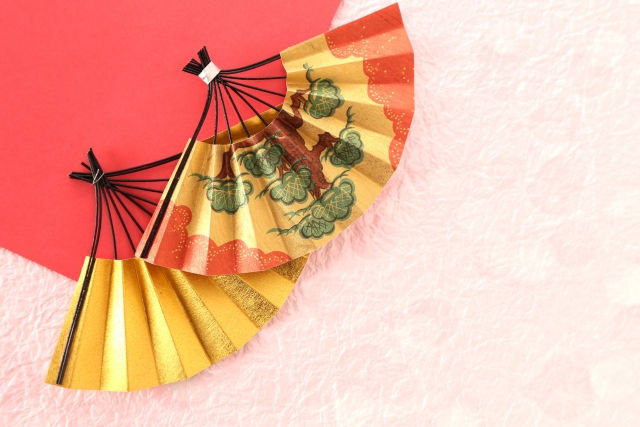
Living in a place surrounded by the same sea and benefiting from the mountains, plants, rivers, and oceans, we are part of nature.
We think this is a way of conveying the idea of coexistence and co-prosperity, “You are me, I am you”.
Words, as sounds emitted from the mouth, are invisible to the eye.
Our ancestors felt the mysterious power (spiritual power) of words to move people together in the same way that the providence of nature moves people.
Feeling the mysterious power that surpassed themselves, they held words in awe and treated them with care.
We feel that these are the “Kototama,” or spirits of words, that we have bequeathed to the present as values that recognize the existence of others and ourselves.
We have been loved and nurtured by our own thoughts and feelings up to the present day.
Words were created by our ancestors to convey their thoughts to each other.
We want to pass them on to the next generation along with our thoughts.


